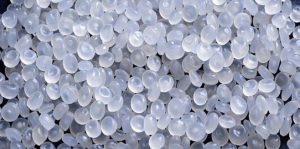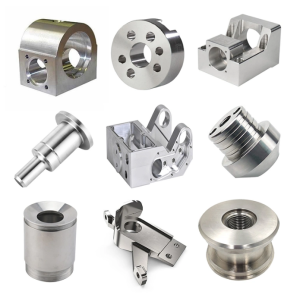Introduction to Polypropylene: A Versatile Thermoplastic
Polypropylene (PP) is a widely used thermoplastic polymer known for its low density, stress resistance, and versatility. Discovered in the 1950s by Italian scientists, polypropylene is now the second most produced plastic worldwide, after polyethylene. With its unique properties, it plays a key role in various industries, particularly in packaging, automotive, and medical sectors.

What is Polypropylene? Chemical and Physical Properties
Polypropylene is made from the polymerization of propene (or propylene), with the chemical formula (C3H6)n. As a thermoplastic, it can be heated to its melting point and reshaped multiple times without significant degradation. Some key characteristics include:
| Property | Description |
|---|---|
| Resistance to Chemicals | Resistant to diluted acids and bases, ideal for containers holding cleaning solutions. |
| Toughness | Exhibits elasticity within a limited deflection range, absorbing energy without cracking. |
| Electrical Insulation | High electrical resistance, making it ideal for electrical components. |
How Polypropylene is Made: Manufacturing Processes
Polypropylene is produced by polymerizing propylene gas using a catalyst system, such as Ziegler-Natta or metallocene catalysts. The polymerization can take place in either a gas-phase or liquid-phase process. The most common method is the gas-phase process, where propene is converted into fine powder that is pelletized for further use.
| Manufacturing Process | Description |
|---|---|
| Gas-phase Process | Propene is polymerized in a fluidized bed reactor, creating fine powder that is pelletized. |
| Spheripol Process | Propene, ethylene, and hydrogen are used in a slurry process to produce polypropylene, which is then stored for later use. |
Primary Uses of Polypropylene: From Packaging to Automotive
Polypropylene is used across many industries because of its durability and chemical resistance. Some common applications include:
| Industry | Application Examples |
|---|---|
| Packaging | Containers, bottles, yogurt cups, food packaging, and beverage cups. |
| Automotive | Bumpers, instrument panels, battery casings, and interior components. |
| Medical | Disposable syringes, diagnostic devices, Petri dishes, and pill containers. |
| Housewares | Storage bins, crates, trays, and other household items. |
In addition, polypropylene is frequently used in material handling, such as crates and packaging solutions.
Injection Molding: The Dominant Method for Polypropylene Processing
Polypropylene is most commonly processed through injection molding, a technique that offers high production rates. This method is ideal for polypropylene as it forms quickly within the mold, making it suitable for mass production.
Advantages and Disadvantages of Polypropylene
Polypropylene offers numerous advantages, but there are also some limitations to consider. Below is a summary of its key benefits and drawbacks:
| Advantages | Disadvantages |
|---|---|
| Strength & Durability | Prolonged exposure to UV radiation can degrade the material. |
| Low Cost | Becomes brittle at low temperatures. |
| Reusability |
Polypropylene vs. Polystyrene: Key Differences
Polypropylene and polystyrene are both commonly used plastics, but they have distinct properties. Polypropylene is stronger, more chemically resistant, and reusable, while polystyrene is more brittle and typically used for single-use products.
| Property | Polypropylene | Polystyrene |
|---|---|---|
| Production Process | Made by chain-growth polymerization. | Made by free radical vinyl polymerization. |
| Chemical Resistance | High resistance to chemicals. | Limited resistance to chemicals. |
| Reusability | Can be reused many times. | Typically single-use. |
Polypropylene vs. Polyester: A Comparative Overview
While both are synthetic polymers, polypropylene and polyester differ in several key areas:
| Property | Polypropylene | Polyester |
|---|---|---|
| Water Resistance | More water-resistant than polyester. | Absorbs moisture. |
| Heat & UV Resistance | Degrades with prolonged UV exposure or high temperatures. | Can withstand higher temperatures and is UV resistant. |
| Cost | Generally cheaper to manufacture. | May be more expensive depending on the application. |
Conclusion: The Versatility of Polypropylene in Modern Manufacturing
Polypropylene’s combination of flexibility, chemical resistance, and low cost makes it a highly versatile material across industries such as packaging, automotive, and healthcare. Despite its limitations with UV exposure and high temperatures, polypropylene remains a popular choice for manufacturing processes like injection molding. Its recyclability further positions it as a sustainable material in modern production practices.


